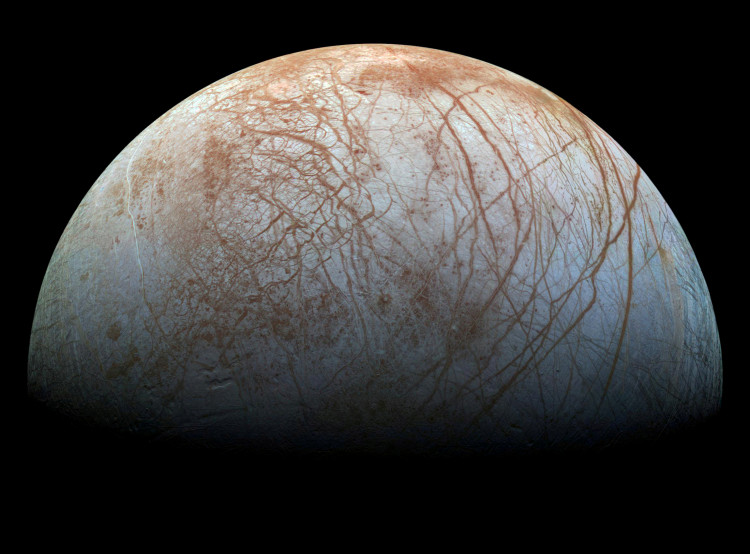Deep-space missions are typically one-way trips, and that is undoubtedly the case with NASA's planned Europa Clipper mission, which will end in an intentional crash after examining the frigid Jovian moon's potential habitability.
However, rather than colliding with Jupiter as planned, the spacecraft may now collide with Ganymede or Callisto, two of Jupiter's Galilean moons, according to Europa Clipper mission project scientist Bob Pappalardo at a June 15 meeting of the Outer Planets Assessment Group (OPAG).
"The disposal target ... had been Jupiter, but it saves propellant, it's more efficient, if we go into either Ganymede or Callisto instead as our disposal target," Pappalardo said during the meeting.
The change in the disposal site is one of several cost-cutting measures implemented in the most recent Europa Clipper timeline design. Another change is that the spacecraft's Europa flybys will be reduced from 53 to 49 unless the mission is extended.
Of the two moons up for contention, Ganymede - the largest moon in the solar system - is the front-runner because of its potential science implications. "Impacting Ganymede instead of Callisto - or, for that matter, Jupiter - has the added benefit of the potential for synergistic science with JUICE," Pappalardo said, referring to the Jupiter Icy Moons Explorer mission, which is set to launch in 2023 by the European Space Agency. The mission will explore all three icy Galilean moons, with Ganymede serving as the primary focus.
"If the JUICE mission is still in orbit of Ganymede at the time of Clipper disposal, there is the potential for JUICE instruments to watch that impact and learn about properties of Ganymede that way," Pappalardo said.
Europa Clipper will not be the first spacecraft in the Jupiter system to be deliberately destroyed at the end of its mission. In 2003, NASA's Galileo spacecraft was ordered to crash into Jupiter to avoid colliding with Europa, which the mission had discovered might have the right conditions for life. After running out of fuel, the spacecraft could have inadvertently crashed into Europa, contaminating the moon and any potential life forms on it.
Many spacecraft have been intentionally destroyed since then, either by impact or disintegration in an atmosphere, often to protect potentially life-supporting environments. In other cases, the violent demise of a spacecraft was part of the mission's science gathering, such as NASA's Deep Impact, which struck a comet to study its composition.
According to Space.com, as Europa Clipper explores the Jovian system, the spacecraft's final resting place may change due to new data. However, it appears that Ganymede will have a significant impact on the sent.




